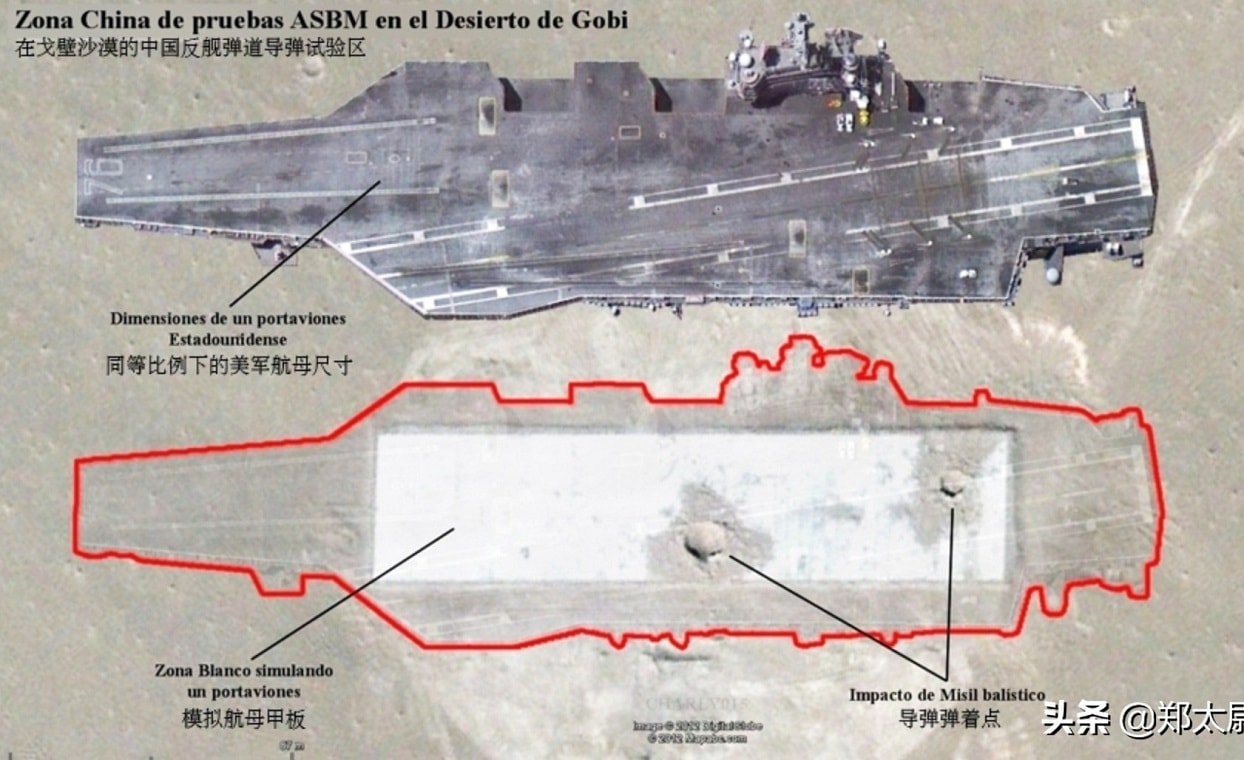NATO war vessels beware. Alliance navies may not be able to operate where they want if Russia has its way. A new ship-killing ballistic missile has the potential to even threaten aircraft carriers. U.S. and NATO naval planners will need to pay attention to the development of this missile as it could leap ahead and stake its claim for the destruction of enemy shipping in the Black Sea, Baltic Sea, or the Arctic Ocean.
Modern Coastal Defense
The new anti-ship missile has the mysterious Russian name Zmeyevik, which esoterically pertains to a serpentinite rock specimen. This system would be stationed on coastlines and deny access to enemy ships threatening Russian shores. It would potentially integrate with a network of submarines and missile frigates as part of a larger effort of naval tactics and operations to stymie Western naval strategy.
Ambitious Missile with Hypersonic Features
The missile may have been in development for years which stands to reason as Russia continually works on its overall naval strategy against NATO. The Zmeyevik has modern capabilities – perhaps including a hypersonic glide vehicle used during its terminal phase. This new development in Russian missile technology builds on the current Bastion-P coastal defense system. The Bastion-P is road mobile and has been in service since 2010. The Black Sea Fleet and Northern Fleet deploy this system. Bastion-P launchers fire the Oniks anti-ship cruise missiles.
Long Development Cycle but No Verified Tests
The Zmeyevik has piqued the interest of defense analysts. Dmitry Stefanovich, a defense analyst at the Center for International Security, recently told the Drive’s War Zone that “It looks like this project indeed was under development for a while, although there were no tests mentioned or observed, which, of course, does not mean that a prototype test could not have happened,” Stefanovich said. “Making fast anti-ship missiles is quite traditional for the Soviets and Russians, and a ballistic missile is a good option.”
How Will It Acquire Targets?
The Zmeyevik may be optimistic at this point because the Russian military sometimes lacks targeting data from intelligence and reconnaissance that is imperative to accurate missile flight. It is not clear if the Zmeyevik has accomplished this phase of development.
A Missile Needs to Be Part of a Larger Scheme
This is an over the horizon missile so integration with patrolling aircraft used for combat control and reconnaissance would need to be solved. Also, it could be part of a drone recon mission to help the missile acquire an enemy ship for potential destruction. That’s if Russia has that capability. Even space-based sensors could help the Zmeyevik lock onto the target.
Could Be Just Used for Bragging at This Point
There are substantial unanswered questions about the Zmeyevik and how it will fit into other defense systems. It’s nice to say the words “carrier killing missile” and China has used that sobriquet to threaten the United States for years. China’s anti-ship DF-21 and DF-26 are formidable weapons. Russia does have a strong ballistic missile program and capable physicists and engineers to get from prototype to serial production. We just don’t know how far along the coastal defense missile is.

Depiction of Chinese ‘carrier-killer’ missiles attacking the U.S. Navy. Image: Chinese Internet.
Road Mobile Is the Way to Go
The Zmeyevik will likely be launched from a large truck. Road mobile systems have numerous advantages. They can move quickly after firing. They are able to change position for better launch points. And they can protect more territory. But until there is a successful test of the Zmeyevik, we will have to place this under Russian wants and aspirations bandied about on social media rather than a full capability to be reckoned with.
Now serving as 1945’s Defense and National Security Editor, Brent M. Eastwood, PhD, is the author of Humans, Machines, and Data: Future Trends in Warfare. He is an Emerging Threats expert and former U.S. Army Infantry officer. You can follow him on Twitter @BMEastwood.

